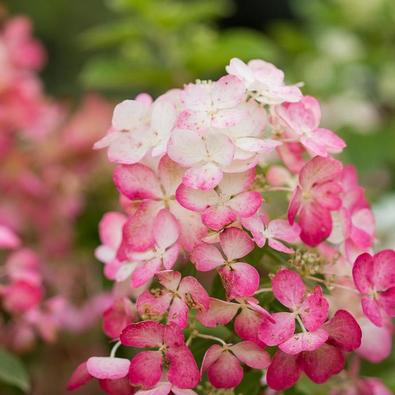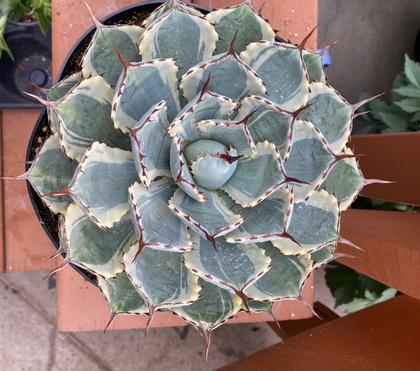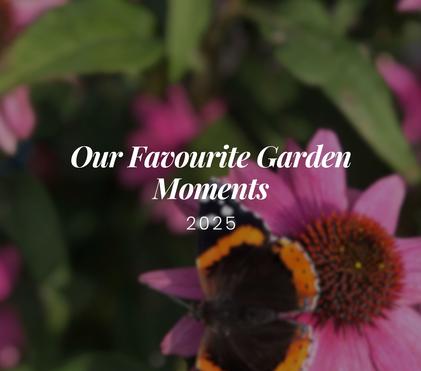Choosing Shrubs for Your Landscape
Selecting the perfect shrub can be exhilarating for some... and daunting for others. There are so many choices, from the beautiful blooms of a hydrangea to the blue hue of a juniper or the sweet smelling flowers of a Korean lilac. With literally hundreds of shrubs to choose from, how do you make the best decision for your garden? Here are some suggestions to narrow it down. Start with the physical properties of the planting site; how much sun it gets, how wet or dry it tends to be, and if the environment tends to have rabbit visitors.

First consider how much sun the area gets. Most shrubs thrive in full sun, but not as many shrubs will thrive in the shade. To know what shrubs will thrive best in your planting location please visit the links below, click on "trees and shrubs" and the amount of sun exposure you are looking for.
https://wallishgreenhouses.ca/Shop-Plants
Next you will need to evaluate the water accessibility of your planting site. Most shrubs are fairly drought tolerant once well established, but the hydrangeas, dogwood, elder, snowball, and cranberry prefer a little more overall. Keep in mind that shrubs in any location will need to be well watered the first couple of years after planting but no shrubs will do well if the soil is saturated with water.
If your planting area tends to have rabbits coming to nibble, a few shrubs that should survive are Tiger Eyes Staghorn Sumac, Three-Lobed Spirea, and Junipers. For a full list of rabbit resistant shrubs and plants please visit the link below.
https://wallishgreenhouses.ca/Plant-Attributes/Rabbit-Resistant
After you have evaluated the amount of light and moisture your shrub will receive, it's time for the most exciting part of the process - choosing your shrub! Do you want something large or small? Flowers or foliage? A shrub that will have lasting colour into the fall, or something you can use for cut flowers?
Trees and shrubs can be embellished with rocks, lighting, annuals, perennials, and grasses
The great variety of shrubs we carry can be summarized into three categories: small shrubs, medium shrubs, and small trees. Knowing the mature size of shrubs will help narrow down choices and save you from needing to prune back shrubs that grow larger than you wish.
The smallest shrub category (1.2 m or under) are perfect for the front of borders or in rock gardens:
The next size category are medium shrubs (1.5-2.5 m), which includes:
|
John Cabot Rose (climbing!) |
||
And the last size grouping are smaller size trees, practical for smaller yards:
|
Amur Maple (4x4m) |
Courageous Flowering Crab (5x2m) |
Showy Mtn Ash (6x5m) |
|
Japanese Tree Lilac (5x5m) |
Purple Spire Columnar Crab (5x2m) |
Blue Arrow Juniper (4mx60cm) |
|
Muckle Plum (4x3m) |
RosyGlo Weeping Crab (2mx135cm) |
After looking at size considerations, we can narrow down our selection by deciding what makes the landscape more desirable for the owner. This may include color-contrast, texture, fall color, winter interest, value for birds and pollinators, and/or use for cut flowers.
Attractive color combinations can be made by contrasting the yellow leaf color of Dart’s Gold Ninebark with the dark purple of the Black Lace Elder, or by setting the variegated green-white foliage of Ivory Halo Dogwood beside the dark-leaved Royal Jubilee Ninebark.
Interest can be added to a site by picking shrubs of varying textures, such as the narrow leaves of Turkestan Burning Bush beside the star-shaped evergreen leaves of the Blue Star Juniper, or by placing Bobo Hydrangeas with their broad leaves in front of the lacy texture of a Golden Tower Elder.
Adding seasonal interest can also be achieved depending on the choice of tree or shrub. Fall color can be integrated; from the brilliant red of the Little Moses Burning Bush, to the brilliant yellow-red leaflets of Cherry on Top False Spirea. In the winter landscape, interest can be achieved by bordering a snow-bound pond with the striking red twigs of the Ivory Halo dogwood or incorporating the ever-green drooping branches of the Weeping Norway Spruce in a winter-bound rock garden.
For those who love birds and pollinators, you may incorporate the fragrant flowers of a Blizzard Mock Orange, Miss Canada Lilac, or John Cabot Rose. The gorgeous blooms of hydrangeas, lilacs, or Common Snowball can be used for cut flower arrangements and even the white plumes and the compound leaves of the Cherry On Top False Spirea can be used for fillers.
The Tiger Eyes Staghorn Sumac, exemplifies most of these characteristics - interesting color, texture, fall color, winter interest, and a friend to pollinators.
Hopefully these tips can help you in your decision making for your garden this spring. For detailed information on the shrubs mentioned above just click on their names and you will be redirected to the product page on our website. If you’re curious to know more, and want to explore all the shrubs we carry, search the “Shop Plants” tab of our website and see what we have available at our garden center this spring!

